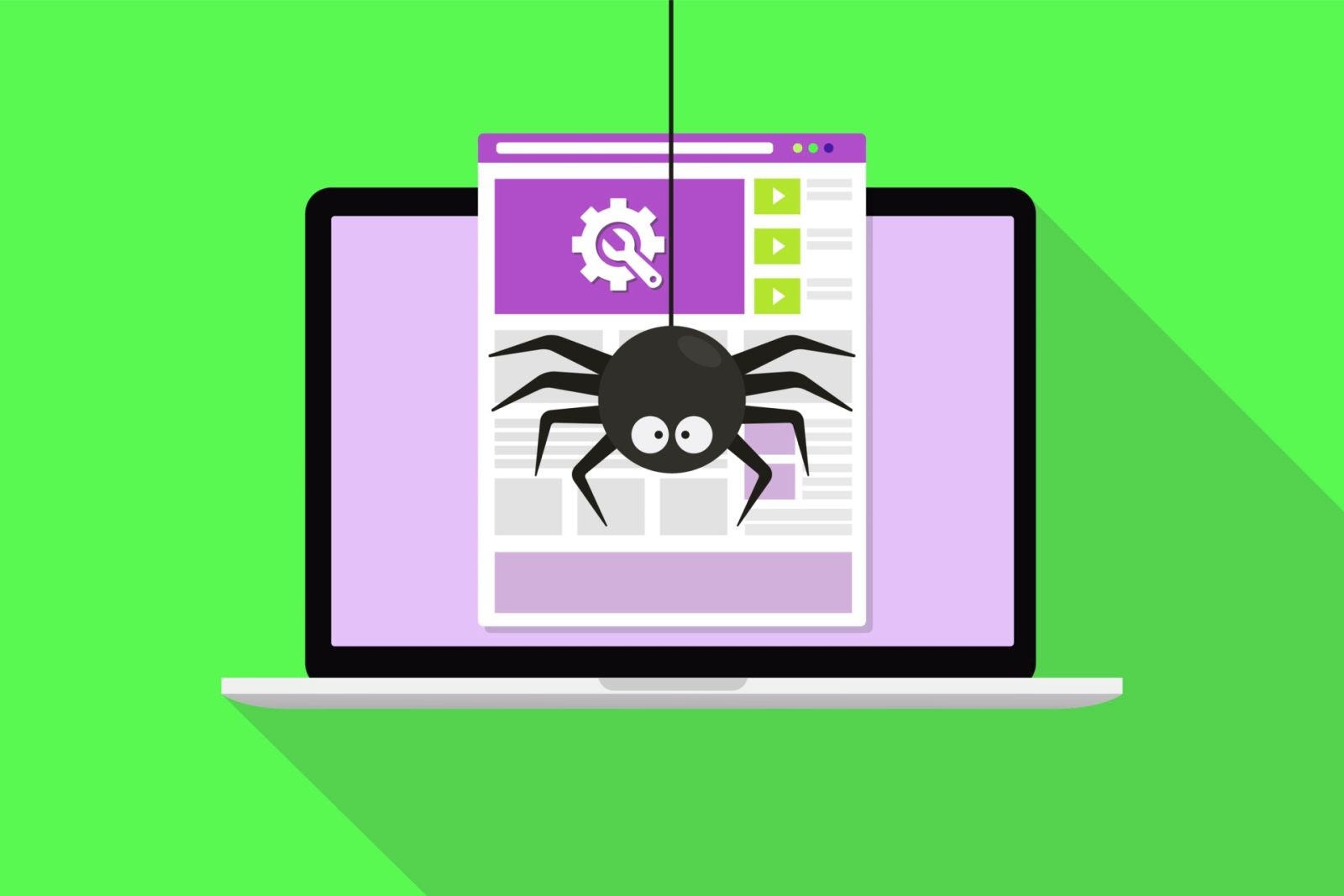How to Improve Website Crawlability and Indexation for Better Rankings
Table of Contents
- Introduction
- What is Website Crawlability and Indexation?
- Importance of Website Crawlability and Indexation
- How to Improve Website Crawlability and Indexation
4.1. Create a Sitemap
4.2. Optimize Robots.txt File
4.3. Use Internal Linking
4.4. Improve Website Speed
4.5. Fix Broken Links and Redirects
4.6. Avoid Duplicate Content
4.7. Optimize Metadata
4.8. Enhance Mobile Responsiveness - Measure and Monitor Crawlability and Indexation
5.1. Use Google Search Console
5.2. Analyze Website Logs
5.3. Track Indexation Status - Conclusion
Introduction
In the dynamic world of SEO, there are various factors that influence a website’s rankings on search engines. One such crucial aspect is website crawlability and indexation. If search engines can’t efficiently crawl and index your website’s content, it becomes challenging for your web pages to appear in search results. In this blog post, we’ll delve into the world of website crawlability and indexation, explore its significance, and provide you with actionable tips on how to improve it for better rankings.
What is Website Crawlability and Indexation?
Website crawlability refers to the ability of search engine bots to access and navigate through your website’s pages. Search engine crawlers, also known as spiders or bots, scan web pages, follow links, and gather information to index and rank them. Simply put, it’s like a virtual tour of your website for search engines.
Indexation, on the other hand, is the process of adding web pages discovered during the crawl to a search engine’s index. When a webpage is indexed, it becomes eligible to appear in search engine results for relevant queries. Without proper crawlability and indexation, even the most valuable and informative content on your website may not be discoverable by search engines or users.
Importance of Website Crawlability and Indexation
Achieving good crawlability and indexation is essential for several reasons:
- Search Engine Visibility: If your website is easily crawlable and indexable, search engines can efficiently find and rank your content, boosting visibility and organic traffic.
- Improved Rankings: When search engine bots can fully explore and understand your website, it can positively impact your rankings for relevant keywords.
- User Experience: A well-optimized website with good crawlability ensures that users can find the information they need quickly, leading to a positive user experience.
- Maximized ROI: Better crawlability and indexation can increase the chances of your website’s pages appearing in search results, driving more organic traffic and potentially improving your return on investment (ROI).
How to Improve Website Crawlability and Indexation
Now that we understand the importance of website crawlability and indexation, let’s dive into some actionable tips to enhance these factors and improve your website’s rankings.
4.1. Create a Sitemap
Start by creating an XML sitemap that outlines your website’s structure and provides key information about each page to search engine bots. A sitemap acts as a roadmap to guide crawlers through your website, ensuring that no important pages are missed during the crawl. Submit the sitemap to search engines, such as Google Search Console, for efficient indexing.
Here’s a sample structure of an XML sitemap for better understanding:
<urlset xmlns="http://www.sitemaps.org/schemas/sitemap/0.9">
<url>
<loc>https://www.example.com/page1.html</loc>
</url>
<url>
<loc>https://www.example.com/page2.html</loc>
</url>
<!-- Add more URLs here -->
</urlset>4.2. Optimize Robots.txt File
The robots.txt file tells search engine bots which parts of your website should or shouldn’t be crawled and indexed. It’s important to optimize this file to ensure that search engines can access the necessary pages while avoiding sensitive or irrelevant content.
Here’s an example of a robots.txt file:
User-agent: *
Disallow: /admin/
Disallow: /private/
Disallow: /temp/
Disallow: /checkout/
Allow: /product/Ensure that you tailor the directives in the robots.txt file according to your website’s structure and requirements.
4.3. Use Internal Linking
Internal linking is a powerful technique to improve crawlability and indexation. By strategically interlinking your web pages, you provide search engine bots with clear pathways to discover and navigate through your website’s content. Ensure that anchor texts used for internal links contain relevant keywords and provide descriptive context to enhance the understanding of your web pages.
Additionally, consider including a navigation menu or site map in your website’s footer to allow bots to access important pages easily.
4.4. Improve Website Speed
Website speed plays a crucial role in crawlability and indexation. Ensure that your website loads quickly for both desktop and mobile users as search engines prioritize fast-loading pages. Compress images, minify CSS and JavaScript files, utilize browser caching, and leverage content delivery networks (CDNs) to optimize your website’s speed.
4.5. Fix Broken Links and Redirects
Broken links and redirects can negatively impact crawlability and indexation. Regularly check for broken links within your website and fix them promptly. Additionally, ensure that redirects, such as 301 redirects for moved pages or canonical tags for duplicate content, are correctly implemented to guide search engine bots to the appropriate web pages.
4.6. Avoid Duplicate Content
Duplicate content can confuse search engine bots and impact indexation. Ensure that your website doesn’t have duplicate pages or content variations that can dilute the crawlability and indexability of your web pages. Implement canonical tags, use proper URL structures, and avoid content scraping to prevent duplicate content issues.
4.7. Optimize Metadata
Metadata, including title tags and meta descriptions, provides search engine bots with valuable information about your web pages. Optimize metadata across your website by including relevant keywords, writing enticing descriptions, and ensuring uniqueness for each page. This will help search engines understand the content and context of your web pages, leading to better indexation.
4.8. Enhance Mobile Responsiveness
With the increasing dominance of mobile search, optimizing your website for mobile responsiveness is crucial for crawlability and indexation. Ensure that your website is mobile-friendly and renders effectively across various devices and screen sizes. Use responsive design techniques, optimize images, and ensure fast-loading pages for mobile users.
Measure and Monitor Crawlability and Indexation
Improving crawlability and indexation is an ongoing process. Here are some ways to measure and monitor the effectiveness of your efforts:
5.1. Use Google Search Console
Google Search Console is a powerful tool that provides insights into your website’s crawlability, indexation, and search performance. Monitor the “Coverage” report to identify indexation issues, review crawl stats, submit sitemaps, and receive alerts for critical crawl errors. Leverage the data provided by Google Search Console to identify and resolve any crawlability or indexation problems.
5.2. Analyze Website Logs
Website logs contain valuable information about how search engine bots interact with your website. Analyzing your server logs can provide insights into crawl frequency, pages visited, and potential crawl errors. Use log analysis tools to gain valuable information and detect any irregularities that may affect crawlability and indexation.
5.3. Track Indexation Status
Regularly monitor your website’s indexation status using search operators like “site:yourdomain.com” on search engines. Assess the number of indexed pages, compare it to the total number of pages on your website, and look for any significant discrepancies. If you notice a decline in indexation or specific pages missing from the index, investigate and address the underlying issues promptly.
Conclusion
Improving website crawlability and indexation is critical for better rankings and increased organic visibility. By following the tips discussed in this blog post, you can enhance your website’s crawlability, ensure effective indexation of your web pages, and improve the overall performance of your SEO efforts. Regularly monitor crawlability and indexation metrics, make necessary adjustments, and stay updated with the latest SEO best practices to stay ahead in the competitive online landscape. So, start optimizing your website today and unlock its true ranking potential. Happy indexing!



0 thoughts on “How to Improve Website Crawlability and Indexation for Better Rankings”